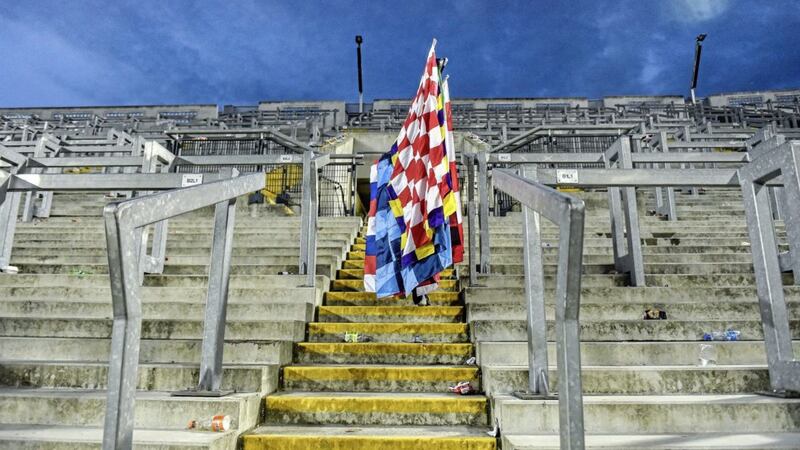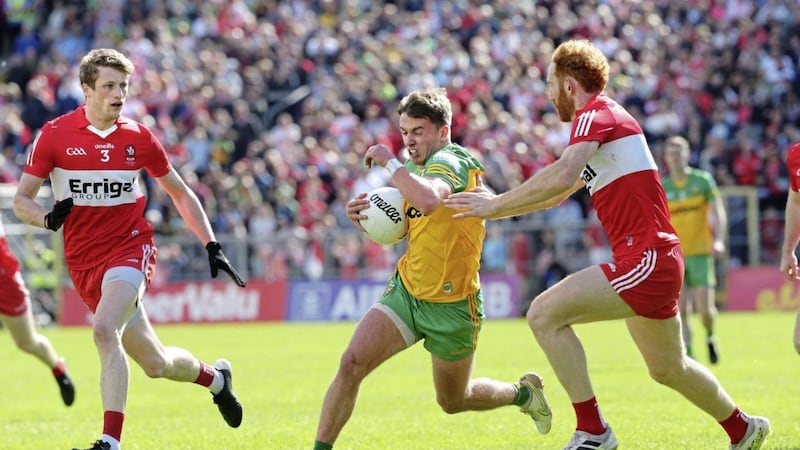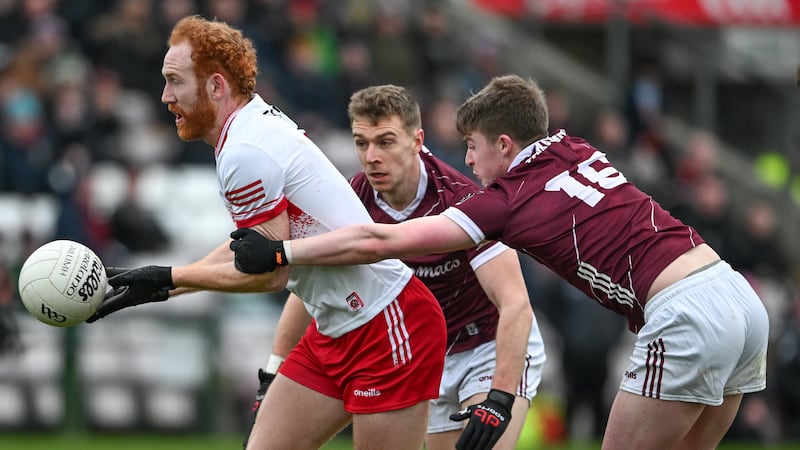NETFLIX, as we know it now, is leading the revolution in a market that traditional TV broadcasters had sewn up for decades with no real hint of change.
But in 2011, they almost blew it all. Back then, they offered a DVD-by-mail and online streaming combination for $10 a month (it was mostly an American thing).
Despite the DVD market starting to dwindle at that point, the company decided to increase the price of its plan by 60 per cent, knocking it up to $16. It ended the third financial quarter of that year with 800,000 fewer subscribers, its first decline in years.
The value of their shares fell from almost $300 to $60. It was a catastrophic crash.
In the short-term, it had no such impact on the company’s finances. The loss made in subscriptions was offset by the price increase. Indeed, profits almost doubled in that same third quarter. They made $62.5m, compared with $38m in the same quarter the year previous.
Yet they quickly reversed the price change. It hadn’t done any harm to their pockets in the short-term, but long-term it was a wholly unsustainable business model.
You can’t take a product in which the public is showing a declining level of interest and increase the price of it. Not if you want to survive financially, at least.
Unless, it seems, you run the GAA.
There is so much to question about their decision to raise ticket prices for both the All-Ireland finals and this year’s National Leagues that it’s hard to know where to start.
Perhaps the most pertinent question is this: At what point in of all this does it start to become mismanagement?
Inter-county football, for a variety of reasons, is not as attractive as it was 10 years ago.
Speaking after his team’s horrendous encounter with Tyrone two weeks ago in which the scoreline was 0-2 apiece at half-time and deserving of nothing more, Fermanagh boss Rory Gallagher argued the point that the decline in interest was only in keeping with the way of the world.
“I work in retail and spending was down over the last 10 years. Foreign holidays were down, new car sales were down. I think it is relevant…Maybe you have to look at the pricing structure.”
Let’s, Rory.
It will now cost €90 (up by €10) for a seated ticket at the All-Ireland football and hurling finals, or €45 (up €5) for a Hill 16 ticket. There will, as ever, be no concessions among that.
If tickets were €200, the All-Ireland finals would sell out comfortably. The GAA’s argument is that their pricing structure has to be fair, but that it also must collect big revenue streams off its showpiece days.
Questions must be asked as to whether the GAA cares at all that Croke Park on All-Ireland final day will end up full of half-interested corporate types who simply have the financial means to take it the occasion (the quality of which they’ll ironically take from – Google ‘Roy Keane prawn sandwich’) as opposed to genuine, loyal GAA fans that simply can’t afford it – particularly young ones, who are charged the same €90 premium.
The working class remain at the heart of the GAA’s membership. Wages may be increasing but Irish people still have among the least when it comes to disposable income.
Like anything, what you spend that money on is directly related to the balance of affordability-to-quality of what you’re getting in return.
Gaelic football is not as attractive as it once was. That is a significant factor in why attendances have plummeted from 1.16million in 2003 to just over 750,000 in 2016.
There was a brief upturn in 2017 but 2018 saw crowds again reduced across the board, most notably at the All-Ireland semi-final stage.
Not only that, but this year’s All-Ireland football final between Dublin and Tyrone was watched by almost 300,000 fewer people on RTÉ than the previous year’s decider between Dublin and Mayo.
Yet when it comes to it over the next few weeks and the GAA reveal their income for the year, it’s likely to hold up if not improve. The introduction of the round robin in hurling and the Super 8s in football will have balanced the books.
When the 2016 figures were revealed, then Financial Director Tom Ryan said that the €4m revenue boost against the 40,000 reduction in championship attendances was “not sustainable”.
In an interview shortly after being appointed Director General last year, he said that bums on seats were “the best barometer for everything else”.
And he warned against the idea of “taking advantage” of the games’ popularity “financially”.
“Certainly, you’d be worried that if we got something wrong in that regard, say in terms of prices, venues or competition structure, that what you’d lose would be difficult to get back,” he said.
“That can happen. People can recall sports that were very popular in terms of spectators. Snooker was huge when I was in school, but I couldn’t name three top snooker players now.
“You can’t be cynical about that, and if you took advantage of that, financially, with people, while you might benefit for maybe a year or so, you could do a lot of damage.
”All the other stuff is directly related to the games. Sponsors wouldn’t be interested, for instance, if the stadium is half-empty, nor would broadcasters, so a lot hinges on attendances.”
There are no obvious indicators that attendances will suddenly increase in 2019.
The National Leagues have been the baling twine holding football’s trousers up. Good games between teams of an even standard. But they have a premium too, and having seen the competitions earn praise and promotion on a vastly enhanced scale of late, the GAA has bumped the matchday prices from €15 to €20.
Is that a premium spectators will pay? Possibly. But it’s a risk. The books may well balance out again but the GAA can ill-afford to damage its attendance figures again.
The Airtricity League and Irish League have seen increased attendances and interest in recent seasons.
The Irish rugby team will spend spring in direct confrontation with the National Leagues as they defend their Six Nations and Grand Slam crowns at the beginning of a World Cup year which will bring an unparalleled level of interest.
The GAA’s numbers are going in the opposite direction. In a time when goodwill is being haemorrhaged by the treatment of the club game, they had to produce a response to engage casual supporters and convince them that our house is warmer than the neighbours’.
Instead, they put the prices up. That will only balance out the revenue streams for so long before the riverbank gives way.
And then what? The GAA is investing heavily in counties and clubs. It has cash reserves and assets, but it doesn’t want to find itself on the downhill having to use them to finance its projects.
“What you’d lose would be difficult to get back.”
Tom Ryan’s own words.
You hope they don’t come back to bite.








